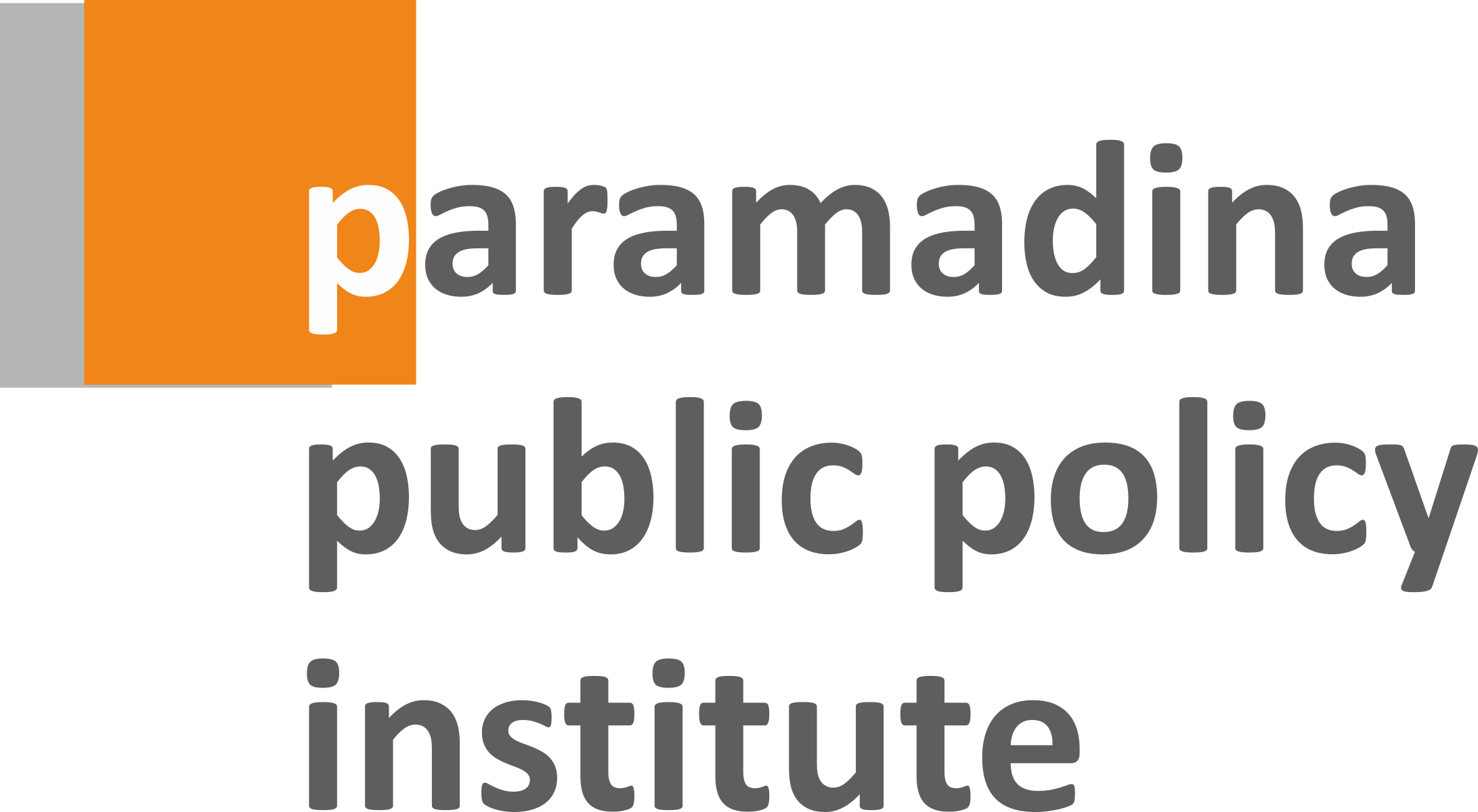
Religious values are all about what’s in the heart. Aristotle is doubtful that we could ever teach values, let alone religious ones. Ibn Araby, on the other hand, believes that humans can be educated about divine values because they have the “device” to receive, process and implement those values.
As God’s representative, each of us has the capacity to learn new things, including good values. We just need a trigger to make it work. That trigger is education.
Religion classes have a reputation for being tedious and dull. Yet religion is a mandatory subject and perhaps the only subject in school that is still under the central government’s control, having lost sway over everything from the curriculum to teachers’ salary slips. The Religious Affairs Ministry manages around 200,000 religion teachers in the country, plus madrasah (Islamic schools) from elementary to senior high schools.
Teachers of Islam, known as PAI (pendidikan agama Islam), play a strategic role in planting noble religious values in students’ minds. This subject should be handled with extra care because of its long-lasting effect on future citizens.
In this regard, the Religious Affairs Ministry, with support from the Analytical and Capacity Development Partnership (ACDP), has been developing a new method for teaching Islam religion schools. Employing the rahmatan lil’alamin (blessing for the universe) approach, a group of researchers and teachers have drafted a curriculum and its supplements, such as lesson plans and class activities, for a new model of the teaching of Islam.
Under the project, which is supported by the EU, DFAT Australia and ADB, the development team planned a study visit abroad with three countries as candidates: Malaysia, Morocco and the UK.
The Oxford Centre of Islamic Studies in the UK was finally selected for its reputation and broad options for religion teaching methodology. The other two places have only certain madzhab or sharia schools of thought, meaning a poorer array of teaching methodologies.
Twenty-nine selected instructors were then trained in Oxford over the course of a week to explore teaching methodologies, especially in regard to Islamic history and values.
In the process of curriculum development, the ministry team found that our conventional Islamic teaching in schools could make students uninterested or, worse, dislike the subject. Old-school religion teachers emphasize obedience and rote learning. They are quick to punish students who ask many questions and are incapable of memorization.
The new method is totally different. Religion teachers usually employ six teaching methods, from lectures and seminars to question and answer sessions. With this new approach, they use 16 additional teaching methods in the classrooms, e.g. role playing, market place, gallery walk, picture-in-picture, jigsaw, poster comment, discovery learning, etc.
Basically, the methods promote learning processes that emphasize active learning and student-centered activities.
This is indeed an ambitious goal: changing existing classroom practices. The ministry’s directorate general of Islamic educationconducted a two-month piloting program in Medan, Bogor, Surakarta and Manado that ended in early October.
Around 36 teachers per city were gathered in a five-day workshop that included practicing the new methods in real classrooms in the last day of training. The teacher-participants applied the new methods that they had learned previously in three days to students at both senior high and vocational schools, both private and public.
The students were excited by the new methods. They responded very positively, for example, to working in groupsto learn the procedures of funerals or marriages in Islam.
Furthermore, the rahmatan lil’alamin approach to religion teaching has encouraged both students and teachers to be open-minded and respect human rights, i.e. avoiding violence to punish misconduct or to resolve differences.
Another major weakness of conventional religion teaching is its focus on the vertical relationship between God and humans. The horizontal relationship among humans is less emphasized.
The main teaching strategy of rahmatan lil’alamin approach has encouraged teachers to carry out both transfer of knowledge and transfer of religious values. The topic of Asmaul Husna (the 99 names of Allah SWT), for example, can be explored by a thorough description of each name, its values, then down to the practices of these values, and finally how to embody these values in the students’ daily lives.
Religion teaching is no longer abstract and normative, but concrete and workable. Core values of this approach are self-control, positive thinking and humanity (ukhuwah) as stated by QS Al-Hujurat (49):10 and 12 related hadiths. It is an effort to explore the peaceful values embedded in the holy Koran. Consequently, teachers and students will engage in a lot of reflection in the learning process.
The pilot program also displays our teachers’ competence in general. Many of them feel awkward using new teaching methods; some of them were not ready to overcome the lack of learning materials; a few were overwhelmed by the students’ difficult questions.
The rahmatan lil’alamin concept itself is not new; it is widely accepted, because every Muslim agrees that Islam is a blessing from nature.
Yet translating this concept into daily teaching practices is demanding, if not impossible. A religion teacher must influence the students’ hearts and minds. Aristotle and Ibn Araby were correct in their own way. Teaching values is not impossible, but it requires competence.
__________________________________
By Totok A Soefijanto, research director of Paramadina Public Policy Institute (PPPI)
